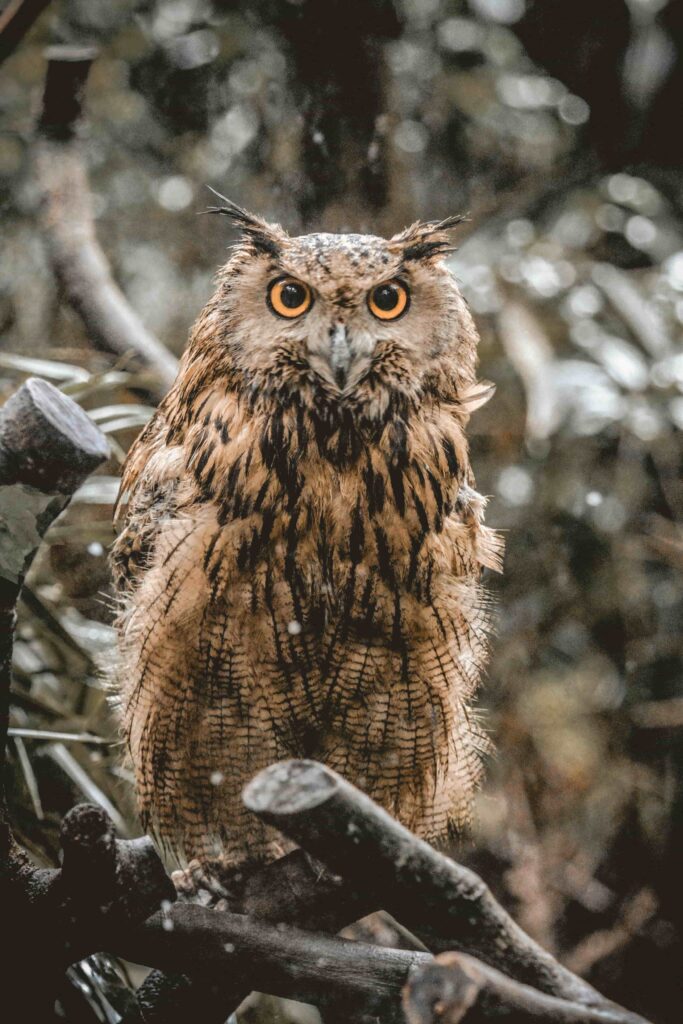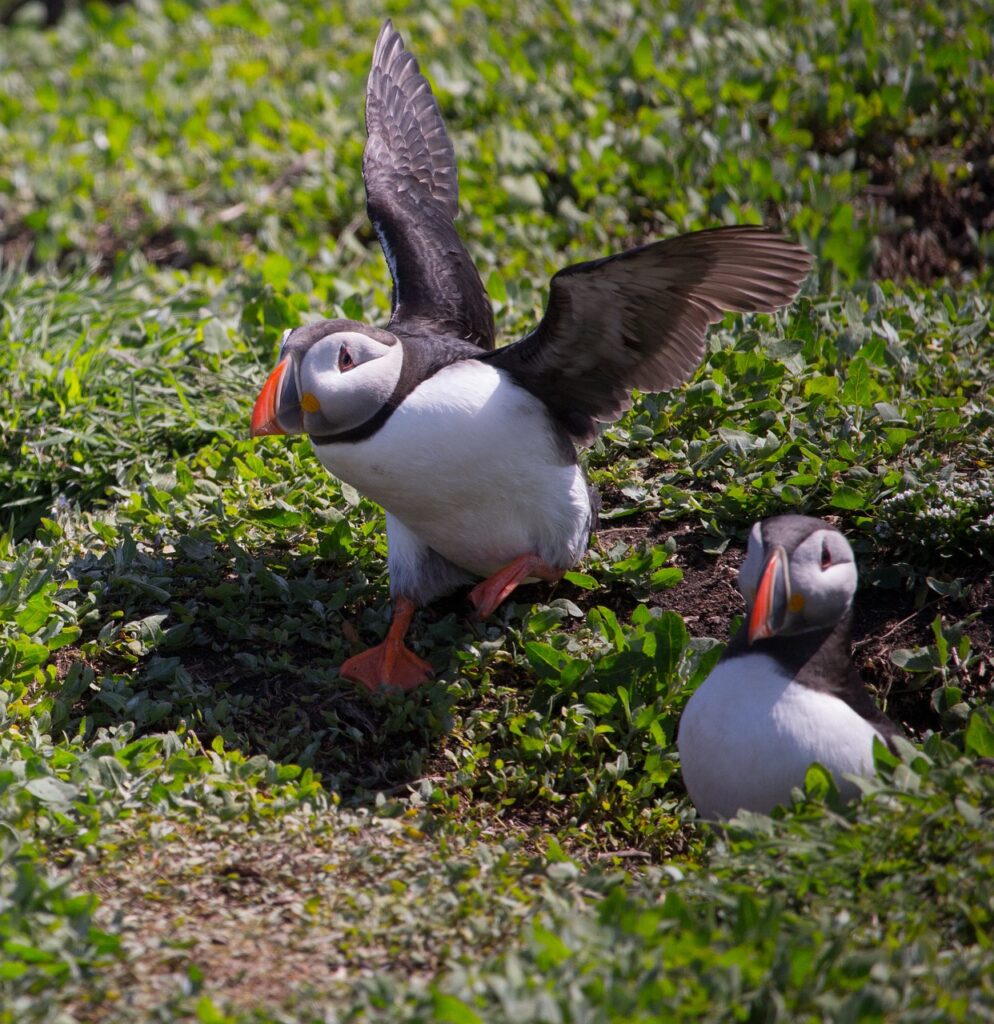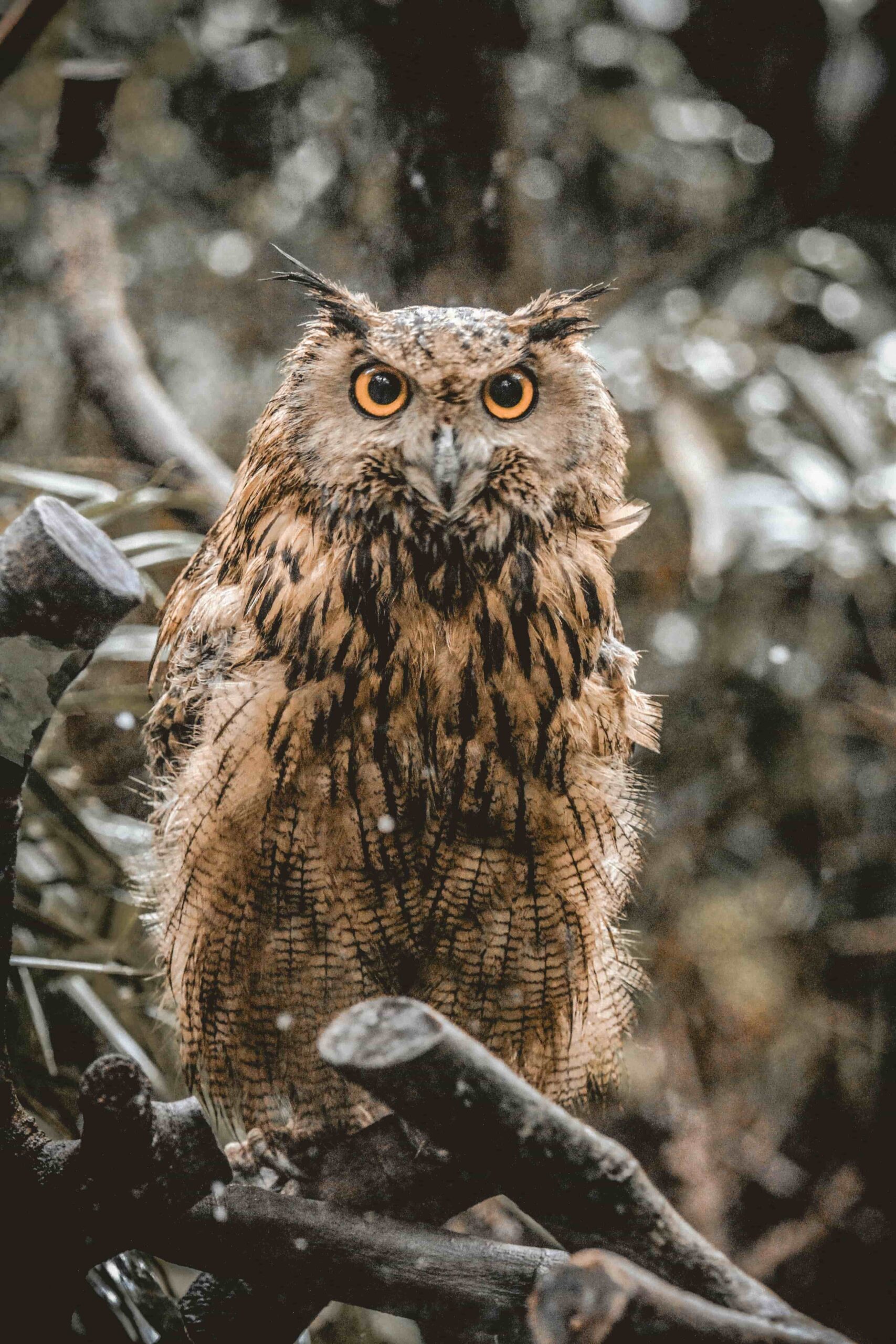Britain’s diverse landscapes, from rugged coastlines to lush forests and rolling hills, are home to a rich array of wildlife species. Embarking on a wildlife watching safari offers nature enthusiasts the opportunity to connect with nature and observe native species in their natural habitats. From the majestic red deer of the Scottish Highlands to the playful otters of the Norfolk Broads and the charismatic puffins of the remote islands, a wildlife watching safari promises unforgettable encounters with Britain’s wild inhabitants. In this article, we’ll delve into the world of wildlife watching in Britain, highlighting the best destinations, species, and tips for a successful safari experience.

Section 1: Planning Your Wildlife Watching Safari
1.1. Choosing Your Destination:
Britain offers a wealth of wildlife watching opportunities, with national parks, nature reserves, and coastal wetlands teeming with native species. Consider destinations such as the Cairngorms National Park in Scotland, the Norfolk Broads in East Anglia, and the Pembrokeshire Coast National Park in Wales, which are renowned for their biodiversity and natural beauty. Research the species you’re most interested in seeing and choose a destination that offers the best chances of spotting them in their natural habitats.
1.2. Timing and Seasons:
The timing of your wildlife watching safari can greatly influence your chances of spotting rare and elusive species. Research the best times of year to see specific wildlife, taking into account breeding seasons, migration patterns, and other natural events. For example, spring is a great time to see migrating birds and nesting seabirds, while autumn is prime time for deer rutting season. Be prepared to spend time in the field and exercise patience, as wildlife sightings are never guaranteed.
Section 2: Wildlife Watching Hotspots in Britain
2.1. Scottish Highlands:
The Scottish Highlands are home to some of Britain’s most iconic wildlife species, including red deer, golden eagles, and red squirrels. Explore the vast wilderness of the Cairngorms National Park, where you may encounter herds of red deer grazing on the moors or soaring golden eagles hunting in the skies above. Keep an eye out for elusive pine martens, otters, and wildcats in the ancient Caledonian forests, and listen for the haunting call of the elusive Scottish wildcat.
2.2. Norfolk Broads:
The Norfolk Broads, a network of rivers, lakes, and marshes in East Anglia, are a haven for birdwatchers and wildlife enthusiasts. Cruise the tranquil waterways in search of iconic species such as kingfishers, marsh harriers, and barn owls, or explore the reedbeds and fens on foot for a chance to spot rare birds like the bittern and bearded tit. Keep an eye out for elusive mammals such as otters, water voles, and Chinese water deer along the water’s edge.
2.3. Pembrokeshire Coast:
The Pembrokeshire Coast National Park in Wales is a paradise for wildlife watchers, with its rugged cliffs, sandy beaches, and diverse habitats supporting a wealth of species. Take a boat trip to the offshore islands of Skomer and Skokholm to see colonies of puffins, razorbills, and guillemots nesting on the cliffs, or explore the coastal heathlands and woodlands for a chance to spot rare butterflies, seals, and dolphins. Keep an eye out for playful otters hunting in the tidal estuaries and rocky coves.
Section 3: Tips for a Successful Wildlife Watching Safari
3.1. Be Respectful and Responsible:
When observing wildlife in their natural habitats, it’s important to minimize disturbance and respect their space. Keep a safe distance from animals and avoid making sudden movements or loud noises that could scare them away. Use binoculars or a telephoto lens to get a closer look without intruding on their territory, and never approach or feed wild animals.
3.2. Pack Essentials:
Before heading out on your wildlife watching safari, pack essential items such as binoculars, a field guide to local wildlife, a camera with a telephoto lens, and appropriate clothing and footwear for the terrain and weather conditions. Bring plenty of water, snacks, and sunscreen, and consider carrying a notebook and pencil to jot down observations and species sightings.
Conclusion:

Embarking on a wildlife watching safari in Britain offers nature enthusiasts the opportunity to connect with nature and observe native species in their natural habitats. Whether you’re exploring the rugged moors of the Scottish Highlands, the tranquil waterways of the Norfolk Broads, or the dramatic cliffs of the Pembrokeshire Coast, a wildlife watching safari promises unforgettable encounters with Britain’s diverse wildlife. So pack your binoculars, lace up your boots, and immerse yourself in the beauty and wonder of Britain’s natural world on a wildlife watching adventure of a lifetime. Happy safari-ing!




